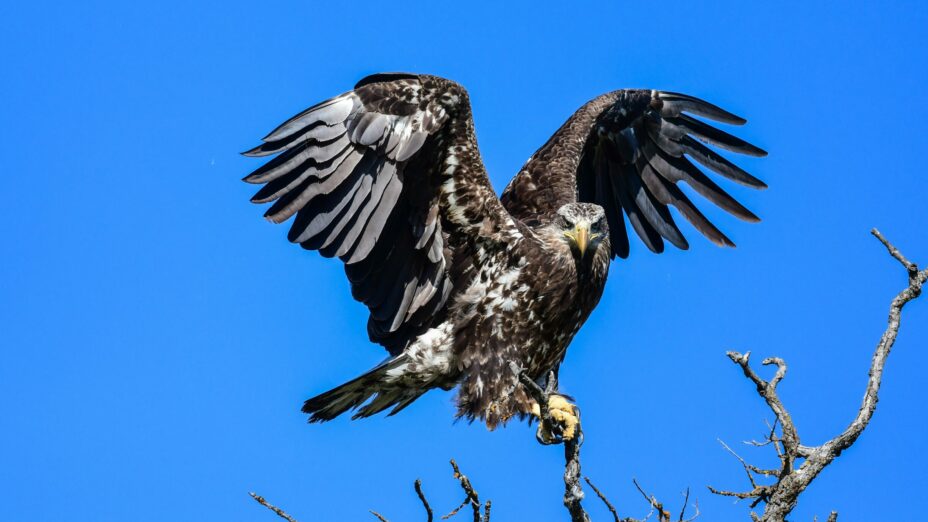
Our 2024 BioBlitz just wrapped up, cataloging rare species up and down the 3.5 million-acre Diablo Range. The Diablo Range includes areas such as Henry W. Coe State Park, Pinnacles National Park, and of course the Mount Diablo area.
This year we hosted two BioBlitzes, one lasting two weeks and the other lasting 24 hours. We were joined by local experts and passionate volunteers as we worked to expand our understanding of the little-known Diablo Range.
The two-week BioBlitz began on April 19 and ended May 4. The 24-hour BioBlitz began May 3 and ended May 4.
These events are part of our Dr. Mary Bowerman Science and Research program, which provides grants for ecological research up and down the Diablo Range.
Each new discovery helps us understand and demonstrate why this land must be protected, and guides land management decisions.
Spotting the Megafauna of the Diablo Range
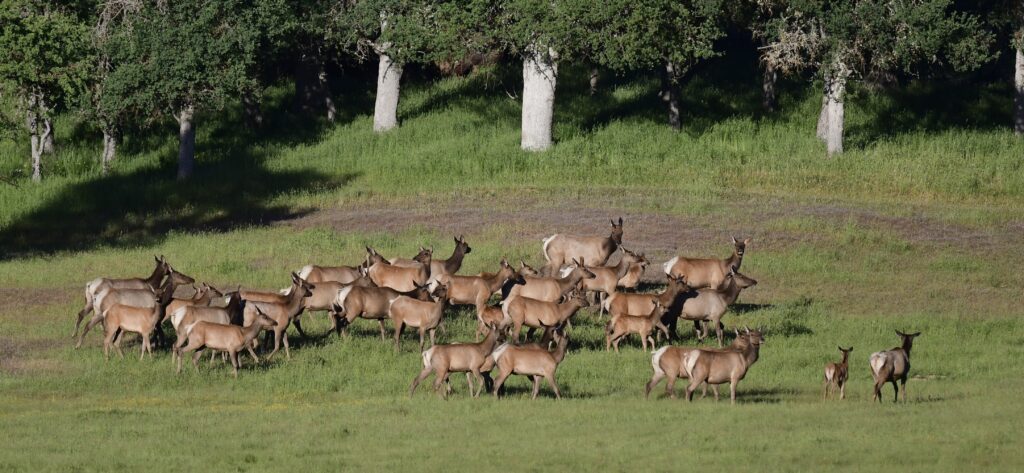
This herd of tule elk was observed during our BioBlitz. Photo by Sean Burke
The two-week BioBlitz took citizen scientists up and down the Diablo Range.
Today, only 25 percent of the Diablo Range has any protection, despite its significance as a biodiversity hotspot for numerous rare species, and as a major wildlife corridor.
We are working to defend and protect more land across the Diablo Range. This year we expanded our work to cover all 12 countries of this 200-mile mountain range.
Save Mount Diablo’s staff observed a California condor, bald eagles, golden eagles, and a herd of 30 or more tule elk.
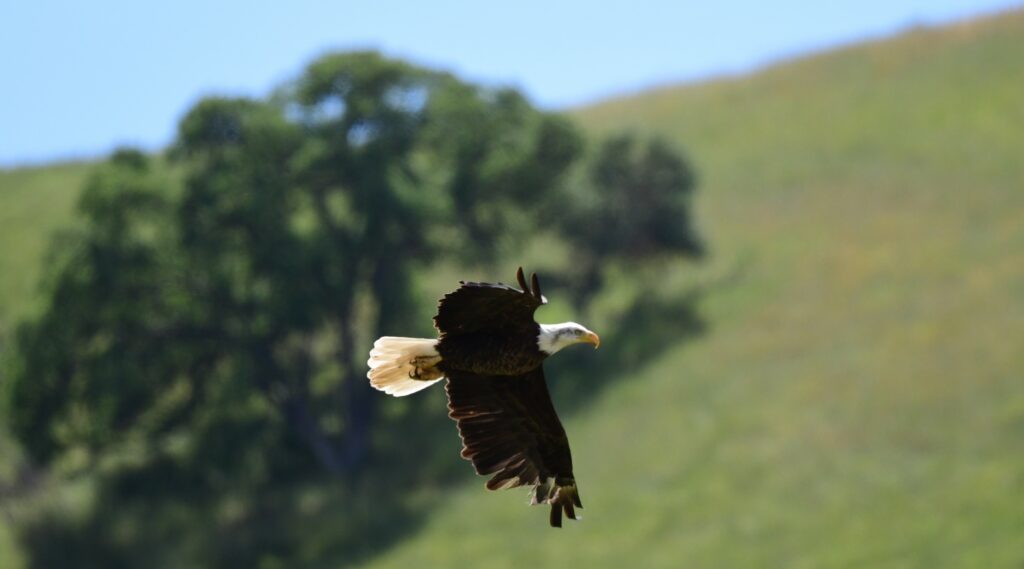
Bald eagle. Photo by Sean Burke
Our Land Programs Director Sean Burke even briefly spotted a mountain lion near Del Puerto Canyon. In all the years since our first BioBlitz in 2007, this is the first time that a mountain lion has been recorded.
Those large charismatic species were just a few of the 837 species recorded during our BioBlitz this year.
By researching and protecting the vast Diablo Range, we’re working to protect wildlife corridors.
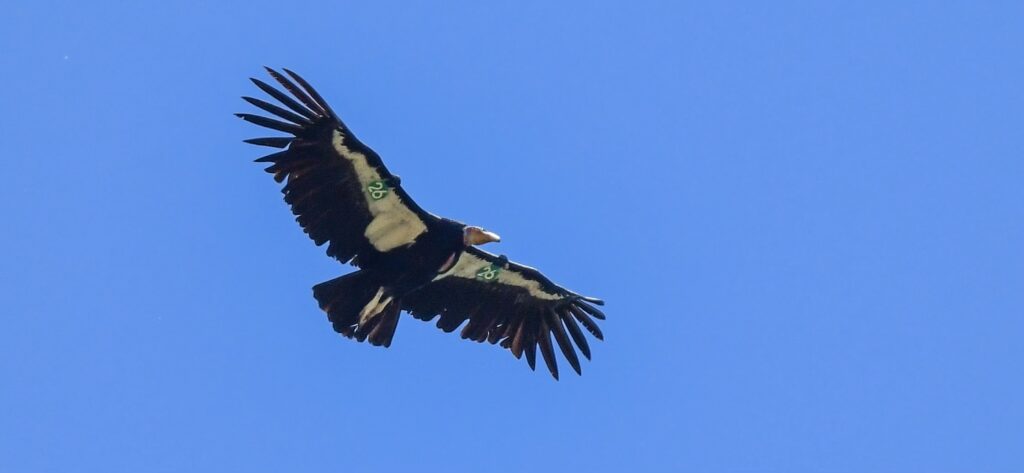
California condor. Photo by Sean Burke
These linkages could one day help expand the territories of megafauna such as tule elk to Mount Diablo itself, an area that was once part of their historical range.
California condors are already expanding their territories and flight paths north and south up and down the range.
Documenting Rare Species in the San Antonio Valley Ecological Reserve
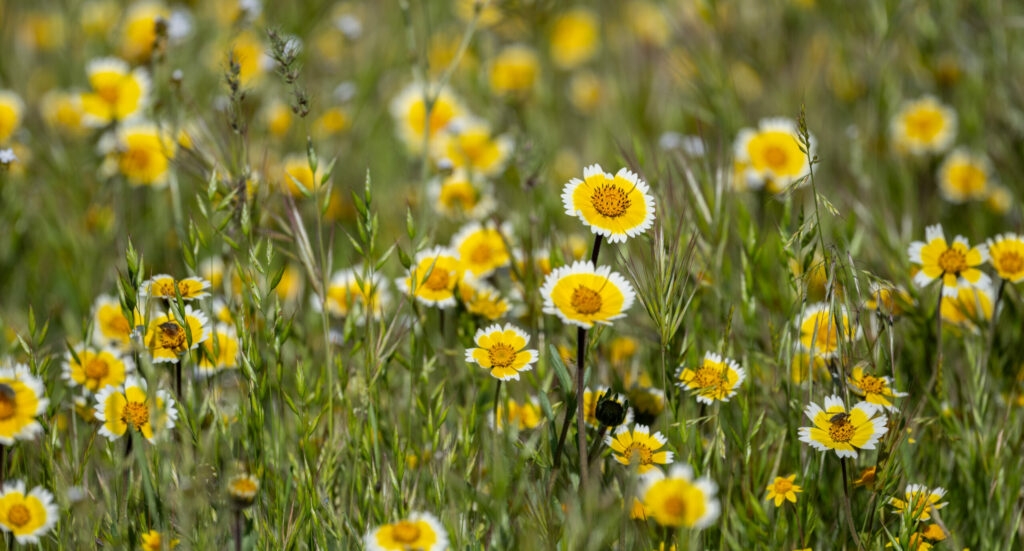
The reserve was filled with fields of tidy tips and other wildflowers. Photo by Scott Hein
In just 24 hours, a group of up to 40 participating scientists, researchers, and Save Mount Diablo volunteers and staff recorded 432 species and 724 observations in the reserve.
Observations from participating scientists were recorded on the Save Mount Diablo iNaturalist project and through eBird.
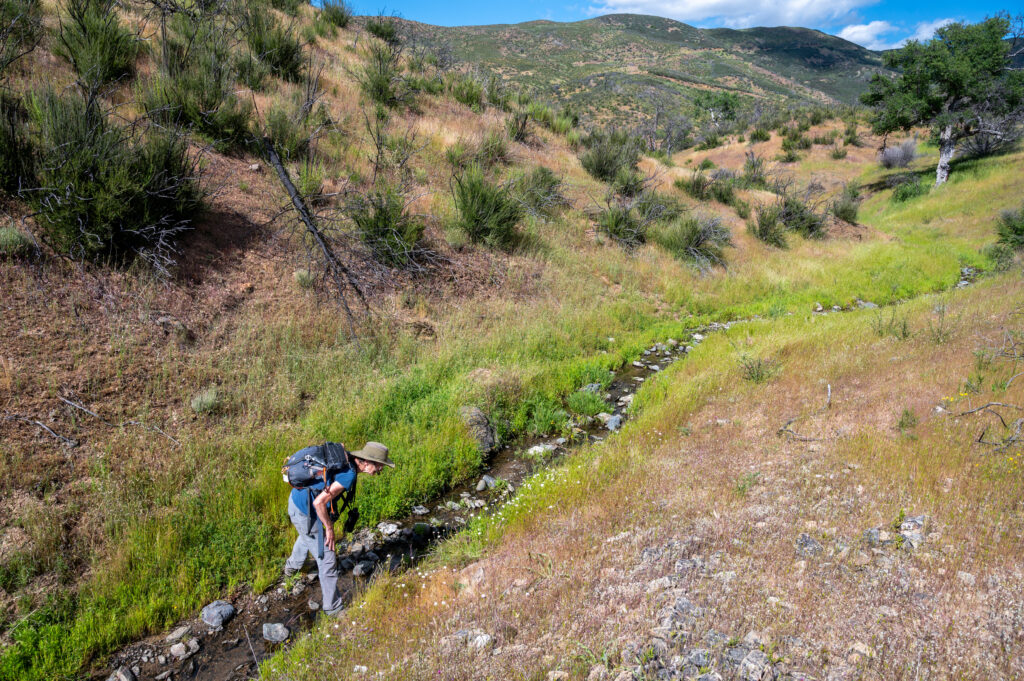
The 24-hour San Antonio Valley Ecological Reserve BioBlitz. Photo by Scott Hein
The San Antonio Valley Ecological Reserve lies south of Livermore, east of Mount Hamilton, and at the top of Del Puerto Canyon, at roughly 2,000 feet of elevation.
Located in Santa Clara County, the reserve is approximately 3,000 acres consisting of blue oak woodland, valley oak woodlands, and chaparral. It is contiguous with Henry W. Coe State Park.
During 2020, this area barely escaped being scorched by the SCU Lightning wildfire complex.
The fires burned almost 400,000 acres of land throughout the northern Diablo Range, including the reserve’s surrounding ridges, which are currently in the midst of an exciting recovery.
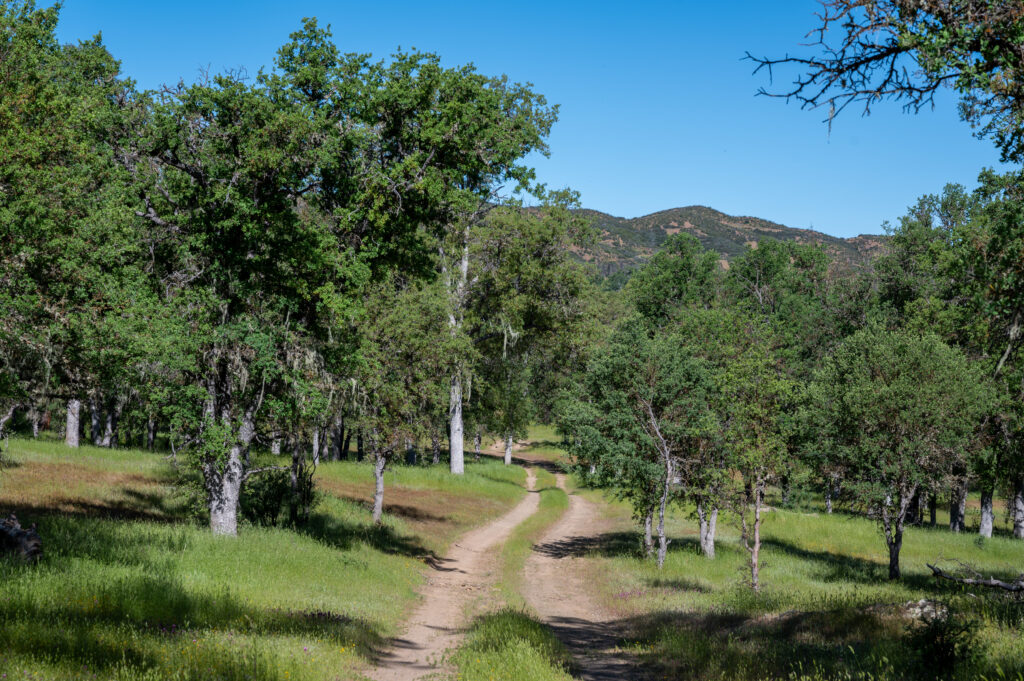
The San Antonio Valley Ecological Reserve. Photo by Scott Hein
We were fortunate to be able to gain unique access to the San Antonio Valley Ecological Reserve, which is not currently open to public access. The first day was gorgeous with amazing clouds and perfect weather.
As the sun shone overhead, we traveled through fields of wildflowers along streams, from pond to pond, observing songbirds, raptors, western pond turtles, and more. When the sun went down, we continued our research.
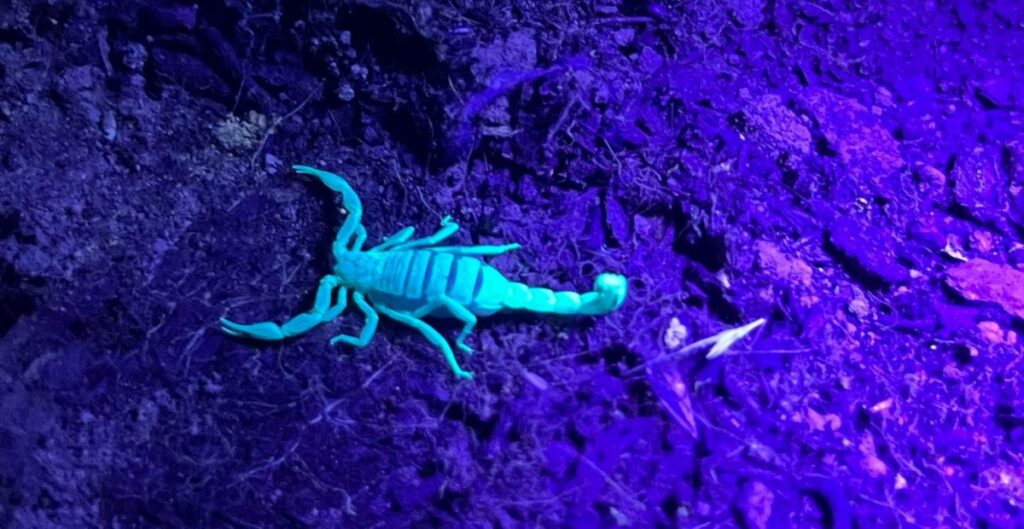
Researchers spotted this scorpion during the night of our BioBlitz. Photo by Sean Burke
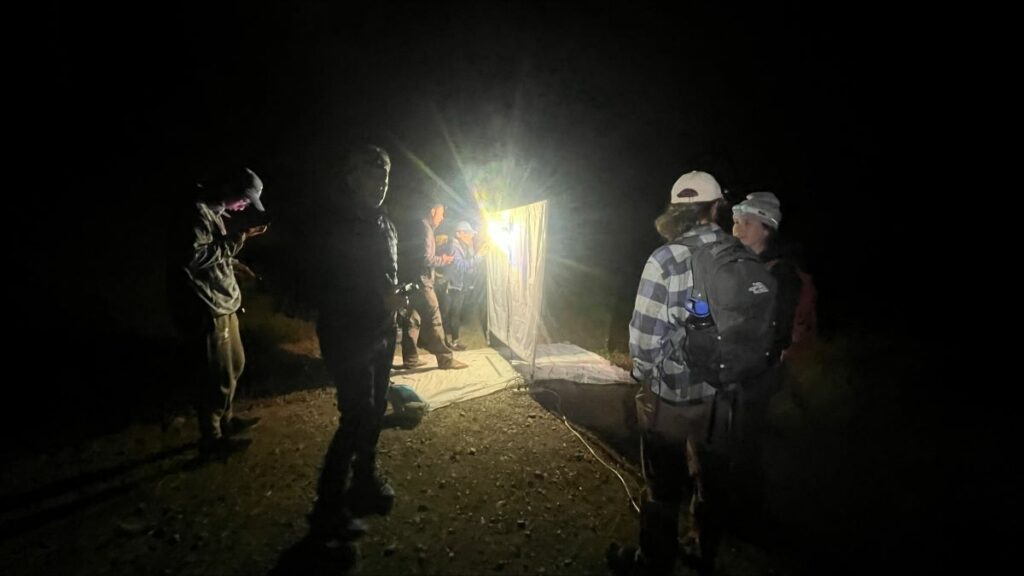
BioBlitzing at night! Photo by Sean Burke
Earlier in the day, several entomologists from UC Berkeley had placed traps and drop cloths to safely capture moths and other insects for identification.
When they returned at night and into the following morning, they recorded a large sampling of spiders, moths, beetles, and butterflies.
Participants camped at Frank Raines Regional Park in Del Puerto Canyon, before heading out the next day. Unlike day one, the second day had a lot of rain, but we didn’t let a little water get in the way of our research.

Bullfrogs at the reserve. Photo by Xiangrong Sun
What Is a BioBlitz?
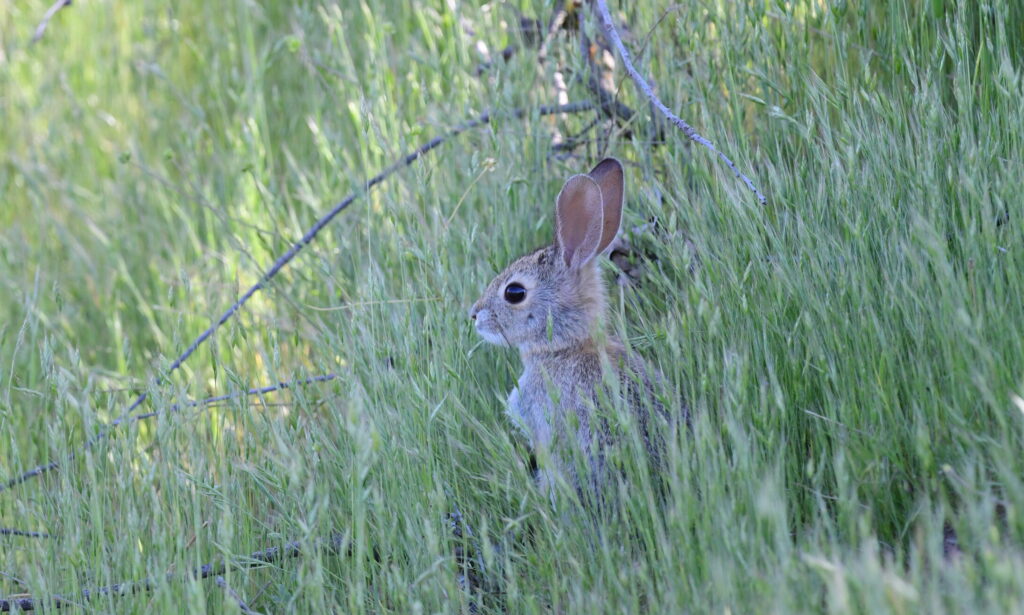
Photo by Sean Burke
A BioBlitz is a race against the clock to see how many species can be accounted for in a specific geographic area within a defined time limit—often 24 hours. During Covid, we also began using two-week, more dispersed events.
Save Mount Diablo’s BioBlitz provides a snapshot of biodiversity at a moment of time. The discoveries made during our BioBlitz will guide stewardship and land management decisions up and down the Diablo Range.
For example, discoveries made during our previous BioBlitzes have resulted in
- rerouting a trail away from newly discovered rare plants,
- targeting non-native weeds in sensitive areas, and
- contributing rare wildlife observations to regional databases, affecting development proposals.
Rare observations are made thanks to events like our BioBlitz, which can bring many more citizen scientists outside to learn more about nature.
Thank you to everyone who joined us this year.
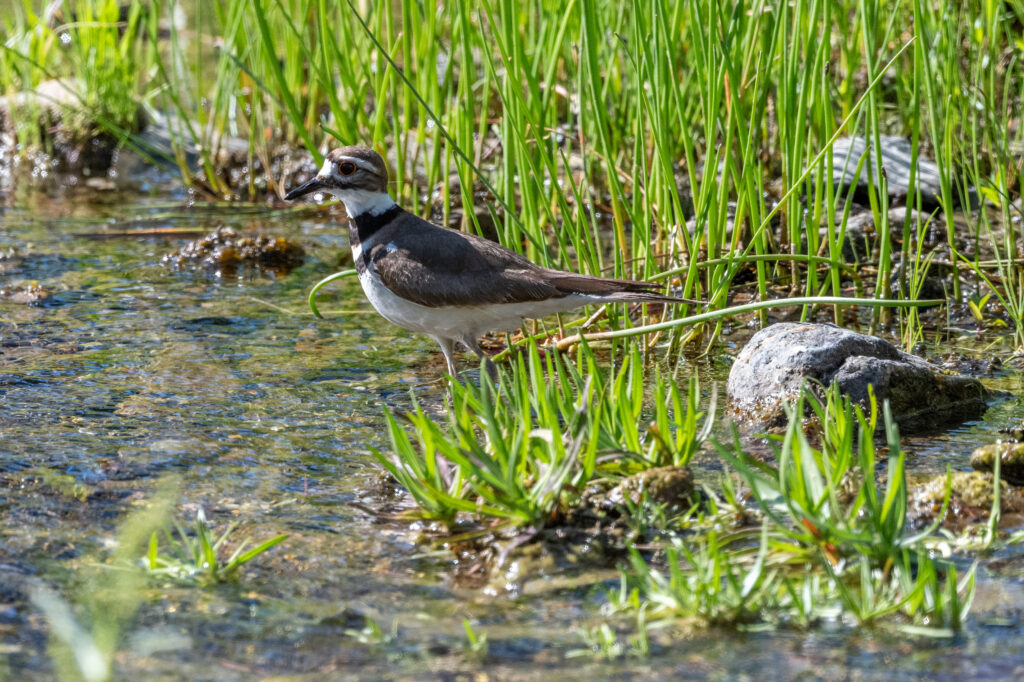
Killdeer at the San Antonio Valley Ecological Reserve. Photo by Scott Hein

